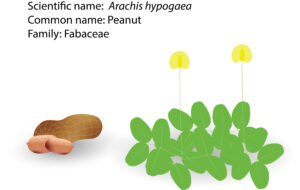
Cracking the Shell: Unraveling the Fascinating World of Peanuts and Their Hidden Treasures
The genus Arachis, under the family Fabaceae, consists of 69 species described in the genus and 9 infrageneric taxonomic sections. Only one member of this genus of 20-odd species of annual and perennial legumes from South America is cultivated. It is a very important food crop throughout the tropics and subtropics. All species of this genus are unusual when compared to other legumes as they produce their fruit below the ground. The peanut (Arachis hypogaea) […]
Read More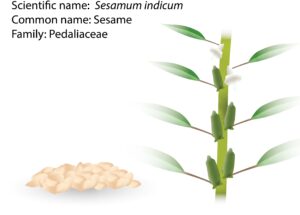
Sesame Unveiled: Unraveling the Secrets of Nature’s Tiny Treasure Trove
This is a genus of about fifteen species of annuals originating from Africa and tropical Asia, with simple or palmately divided leaves and white, pink, red or purple flowers that are tubular and 2-lipped. Sesamum belongs to the family Pedaliceae. The fruits are oblong capsules that naturally split open when dry to release their numerous small seeds. One notable species (Sesamum orientale) is the crop plant sesame, cultivated mainly for its seeds which are used […]
Read More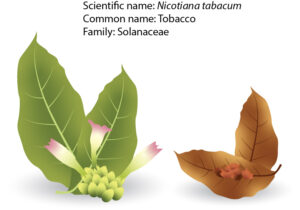
No smoking, unless you are on fire! – Tobacco
General description Tobacco, a plant with a long and complex history, has been utilized for centuries for its medicinal and recreational properties. Unfortunately, tobacco use has become a leading cause of preventable deaths worldwide. The Nicotiana genus includes sixty-seven species of annuals, biennials, perennials, and shrubs native to America and Australia. The commercial tobacco plant, used for producing tobacco products, was first used by Native Americans for medicinal and spiritual purposes. When Europeans arrived in […]
Read More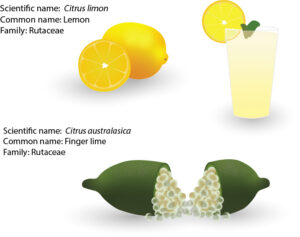
Vitamin Sea: Lemon and other species.
Citrus limon The lemon tree thrives best in warm Mediterranean climates with mild winters, reaching a height of about 20 feet. However, it is prone to collar rot and must be planted with the graft union well above the soil and kept away from mulch. The C. limon ‘Eureka’ cultivar is likely the most widely grown, producing fruit and flowers year-round. It is an attractive, almost thornless tree and the best variety for temperate locations […]
Read More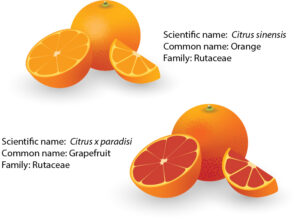
A tangy truth about oranges and other species
Citrus is a famous fruit under the family Rutaceae and is one of the most pivotal fruit crops in the world as it is rich in vitamin A, C, and E as well as minerals, flavonoids, coumarins, limonoids, carotenoids, pectins, and other compounds. In addition, they are well-accepted through fresh fruits or their derived product by consumers of all over the world because of their attractive colors, pleasant, and aroma. Citrus is now widely grown […]
Read More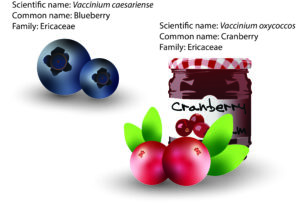
Berry good! 2.0
Blueberry General description Blueberries belong to the genus Vaccinium in the health family Ericaceae. They are classified in the Cyanococcus section within the genus Vaccinium. Several sections are agriculturally important, including Cyanococcus (true blueberries), Oxycoccus (cranberries), and Myrtillus (bilberries and whortleberries). Wild representatives of Oxycoccus and Myrtillus are found in Europe and North America, while Cyanococcus is solely in North America. This is a large and varied genus of about four hundred and fifty species […]
Read More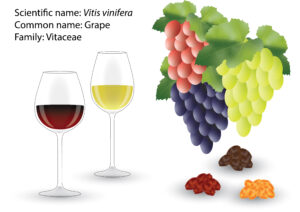
Be grapeful
General description The grape is one of the critical temperate fruits that is also an important and economic project for the farmers among the horticultural crops grown worldwide. It is one of the oldest plants known to man and grows virtually in every country. Different varieties of the Vitis, known as the European grape or the grape of the old world, are the most widely grown grapefruit in Iraq. Over one hundred cultivars of grapes […]
Read More
Rice to meet you!
General description Rice, scientifically known as Oryza sativa, is one of about twenty aquatic or swamp-dwelling, annual or perennial grasses in the genus, occurring wild in warmer parts of Africa, Asia, and Australia. Rice falls under the family of grass, which is Poaceae, which consists of about three hundred and fifty species of different genera that includes seven species of Oryza, which have been reported as weeds of rice. The genus Oryza includes more than […]
Read More